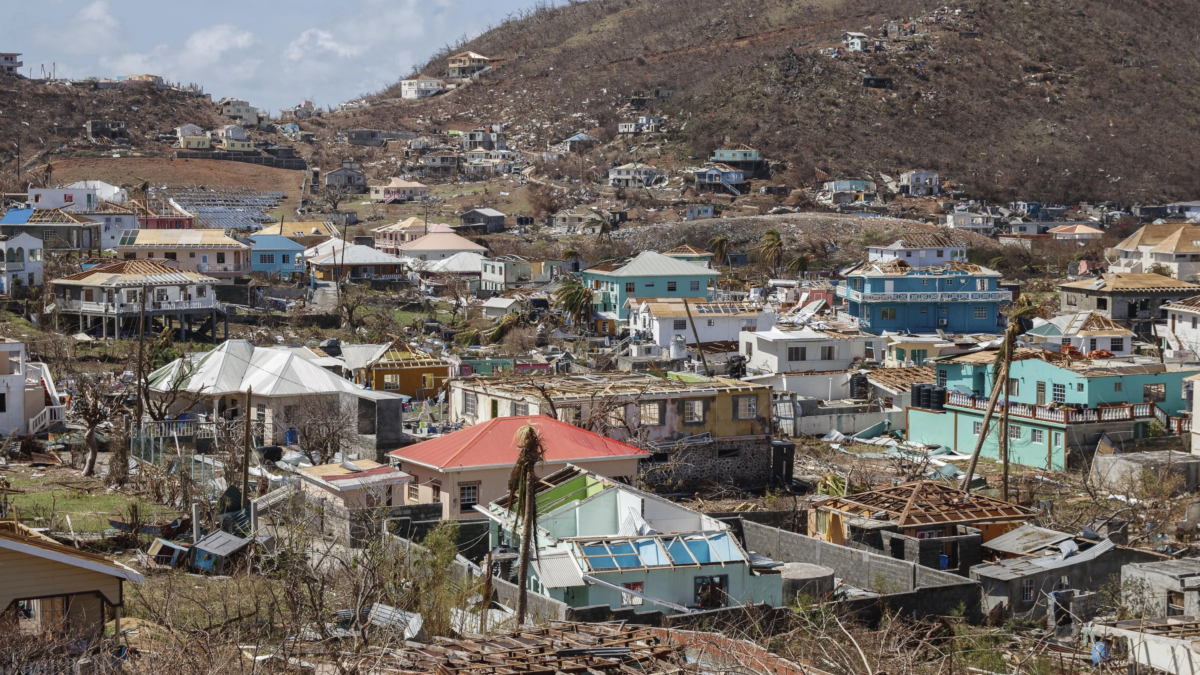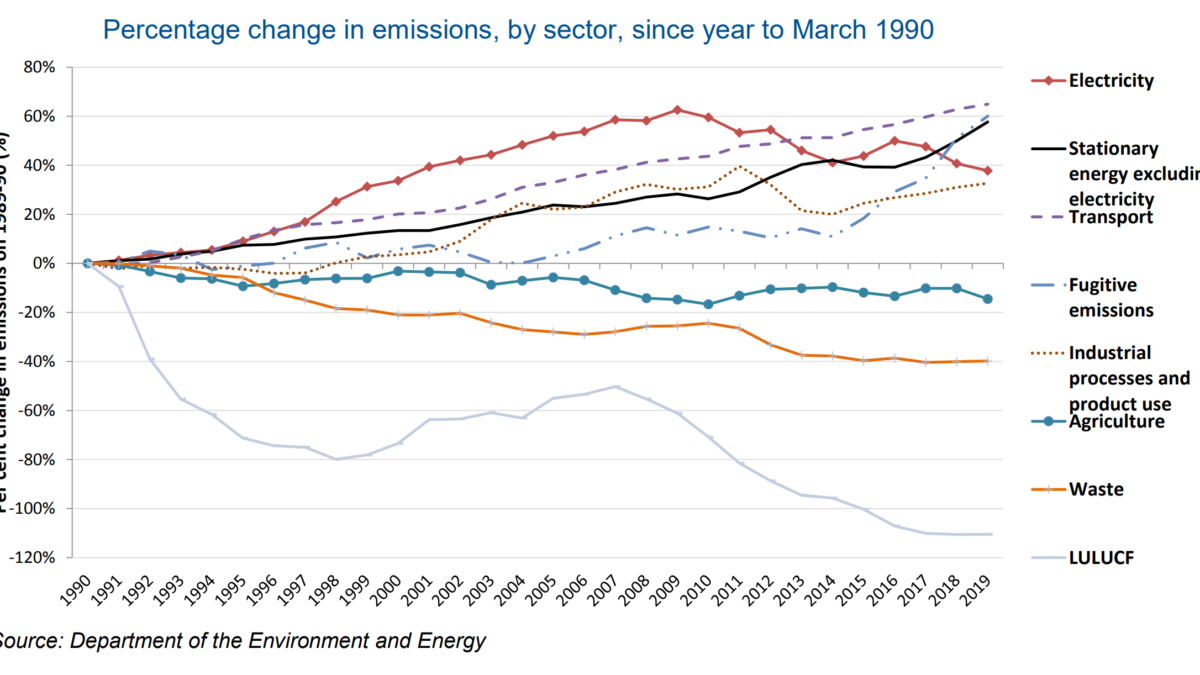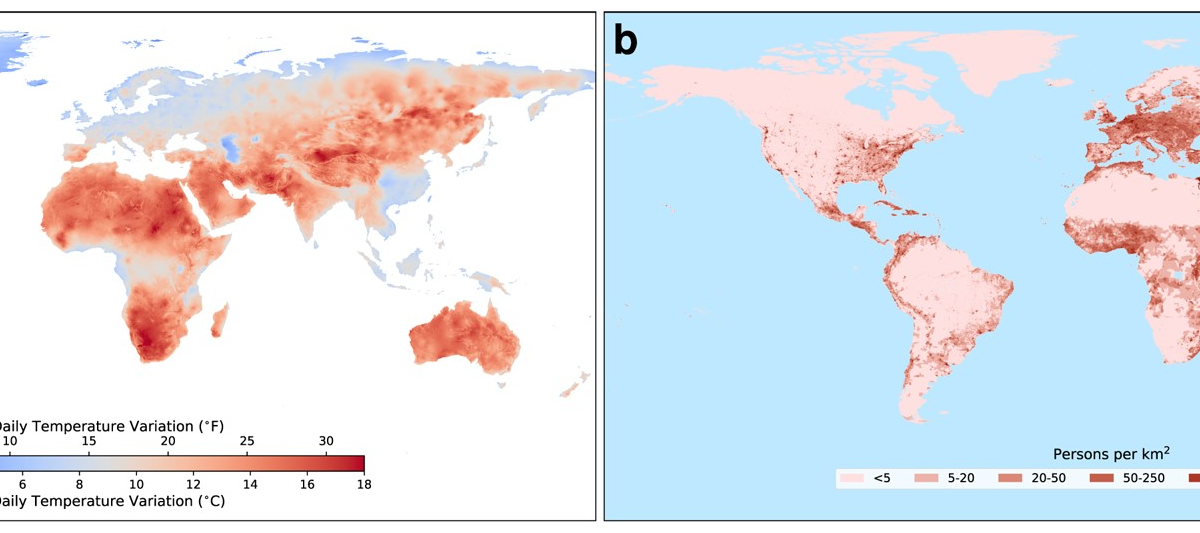Extreme heat in 2023 endangers America’s workers and economy – Likely dozens of workers have already died from heat exposure in what may be the hottest summer in U.S. history – “Why are we being asked to choose between working and staying alive?”

By Aryn Baker
3 August 2023
GEORGIA (TIME) – Just after dawn on a recent July day in Rochelle, Ga., Silvia Moreno Ayala steps into a pair of sturdy work pants, slips on a long-sleeved shirt, and slathers her face and hands with sunscreen. She drapes a flowered scarf over her wide-brimmed hat to protect her neck and back from the punishing rays of the sun. There isn’t much she can do about the humidity, however. Morning is supposed to be the coolest part of the day, but sweat is already pooling in her rubber boots.
She drinks deeply from a large plastic water bottle, then squeezes out the air until it is flattened enough to tuck into her back pocket. If she is working a blueberry field, she will need her hands for the buckets. If, like today, she is weeding the watermelon fields, she will be carrying tools. Either way, the flattened bottle is her hack for carrying a water supply through the endless furrows. On the days she works the bigger cotton or blueberry fields, it might be hours before she makes it back to the drinks-filled cooler she has left at the field’s edge, and she doesn’t want to run out before then—she has heard the horror stories of farm workers dying in the fields, their desiccated bodies only discovered at the end of the day, when they don’t return with buckets full of fruit and their co-workers go looking for them.
Moreno, a 41-year-old farm worker who came to the U.S. from Mexico as a teenager, accepts headaches, nausea, muscle cramps and dizzy spells—signs of severe heat stress—as an inevitable part of her summer workday, but by sipping a little tepid water as she goes, she hopes to stave off a worse outcome. “I know people who work watermelons and get so hot they end up in the hospital,” she says. Her doctor warns that she might too one day. He says her kidneys, already damaged by years of working in hot conditions, won’t be able to take much more. Still, she perseveres through the suffocating heat, earning admiration for her toughness and dedication from Stanley Copeland, her employer of 17 years. “I’ve seen her load watermelon trucks. It would be so hot, you’d faint if you went out there,”says Copeland, a third-generation farmer. Like the other workers he employs on his family-owned farm, “I guarantee she can take the heat.”
The numbers say otherwise.

Likely dozens of workers have already died from heat exposure this year in what is shaping up to be the hottest in American history. The death toll started on an abnormally hot and humid New Year’s Day in Florida when a 28-year-old laborer working on a bell-pepper farm died from heat stroke. On 16 June 2023, the first day of the Texas heatwave, with temperatures hovering around 100°F, construction worker Felipe Pascual overheated and died at his worksite near Houston. On 19 June 2023, a 35-year-old lineman repairing an East Texas powerline succumbed to heat exposure on a 96°F day. A day later 66-year-old postal worker Eugene Gates Jr. died while making his rounds in a Dallas neighborhood. While a cause of death has yet to be determined, the heat index that day reached a record-breaking 115°F.
According to the United States Bureau of Labor Statistics, nearly 40 workers die every year from heat, most in outdoor jobs like farming, construction, and package delivery. But the official statistics don’t tell the real story, says Doug Parker, director of the Occupational Safety and Health Administration (OSHA), which oversees working conditions in the U.S. “We’re confident that’s an undercount. Probably a significant undercount,” largely because the role of heat is often overlooked when it comes to issuing death certificates for cardiac arrest and respiratory failure. Public Citizen, a Washington, D.C., based consumer rights advocacy group, estimates that extreme heat contributes to between 600 and 2,000 deaths a year, along with 170,000 injuries, making heat one of the three main causes of death and injury in the American workplace. […]
In most American states, you can be fined for leaving a dog outside without water or shade. But with the exception of California, Oregon, Washington, and Colorado, America’s 2.5 million agricultural workers don’t have the same protections under high heat conditions. Nor do roofers, road construction crews, delivery drivers, or garbage collectors, or almost any other kind of outdoor employment, exposing some 50 million American workers across essential industries. That’s an estimated $100 billion annual toll on the economy in lost productivity, increased workers’ comp premiums, lawsuits, and health care costs. Yet protecting outdoor workers from extreme heat is easy, and in most cases, inexpensive. Public Citizen estimates that requiring employers to provide workers with cool water and periodic shaded rest breaks could prevent at least 50,000 injuries and illnesses a year. […]
“Why are we being asked to choose between working and staying alive?” asks UPS driver Larry McBride, and texts a photo of the temperature reading from the back of his truck. It shows 137.3°F. “This is just going to continue where we are dropping like flies.” [more]
Extreme Heat Is Endangering America’s Workers—and Its Economy



One Response
Comments are closed.